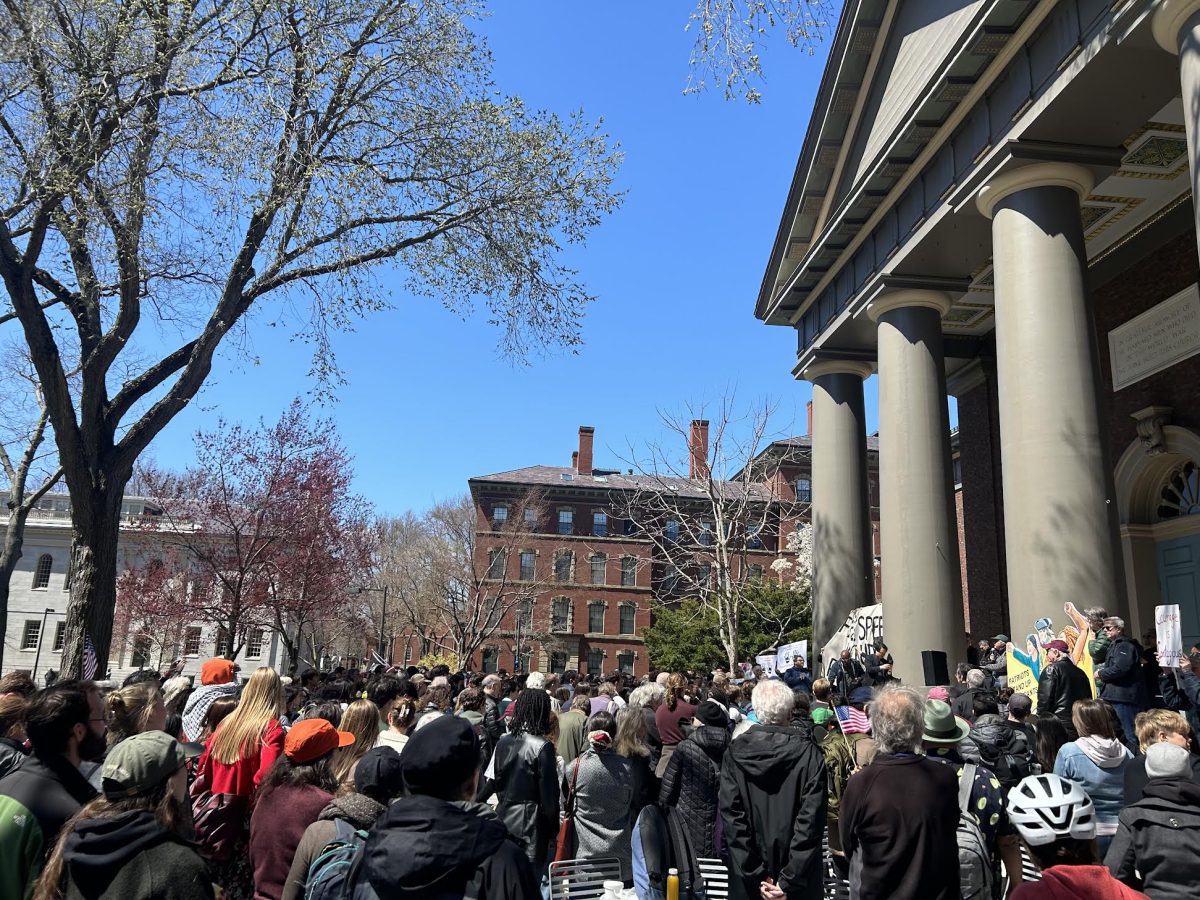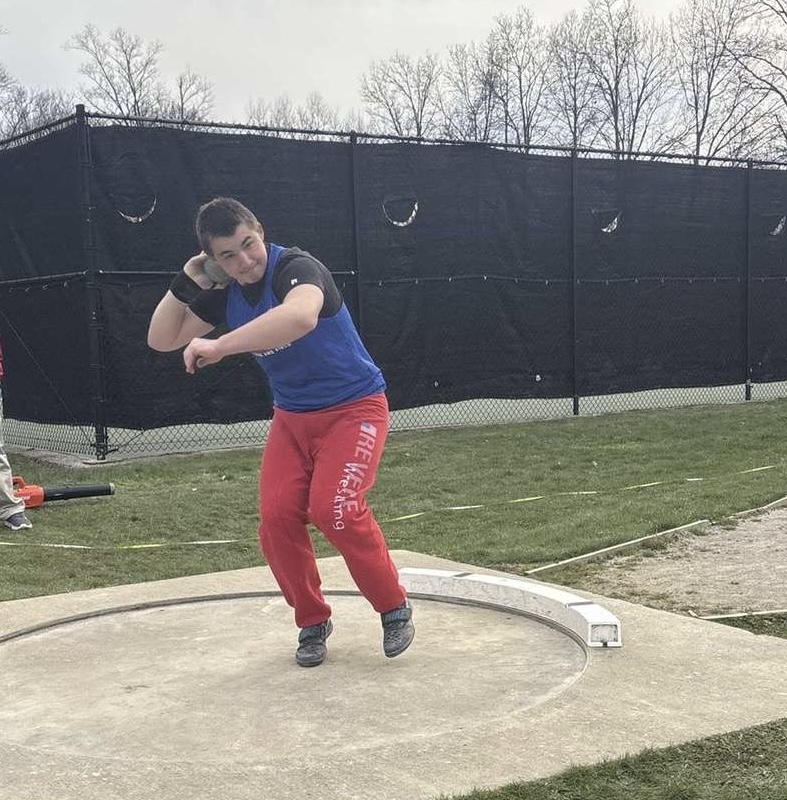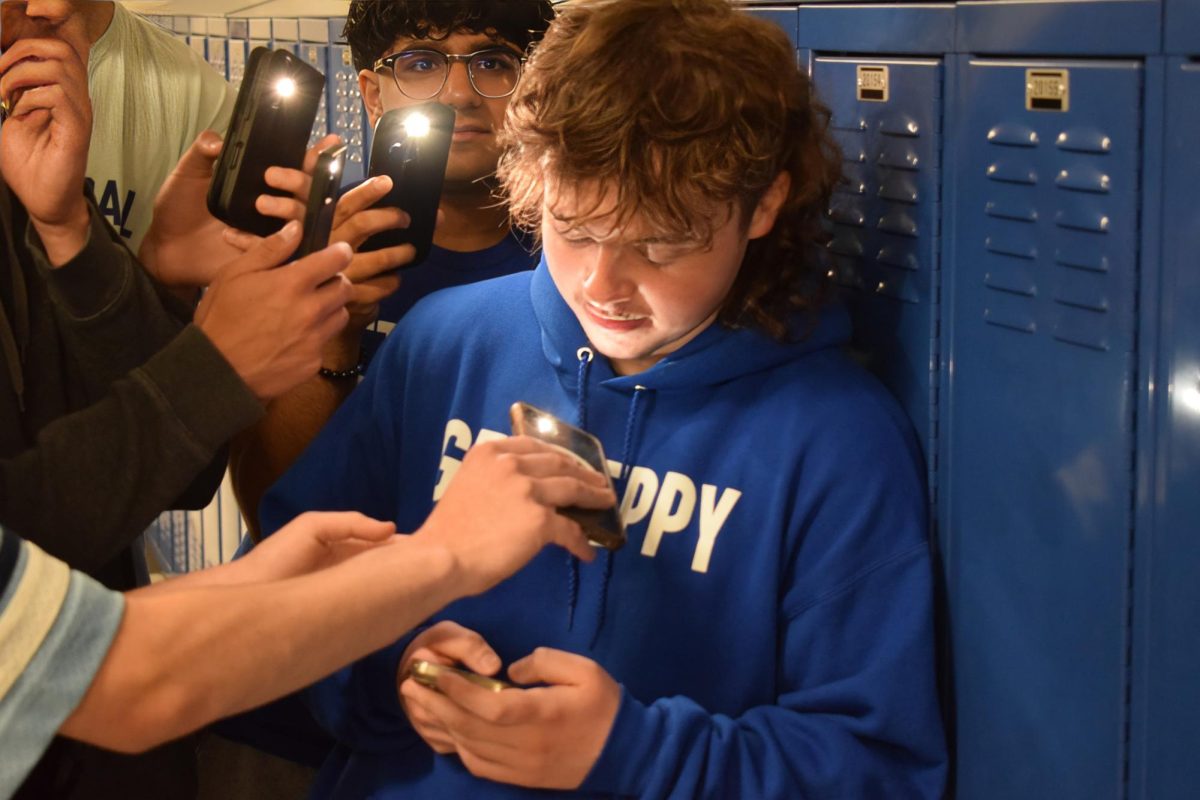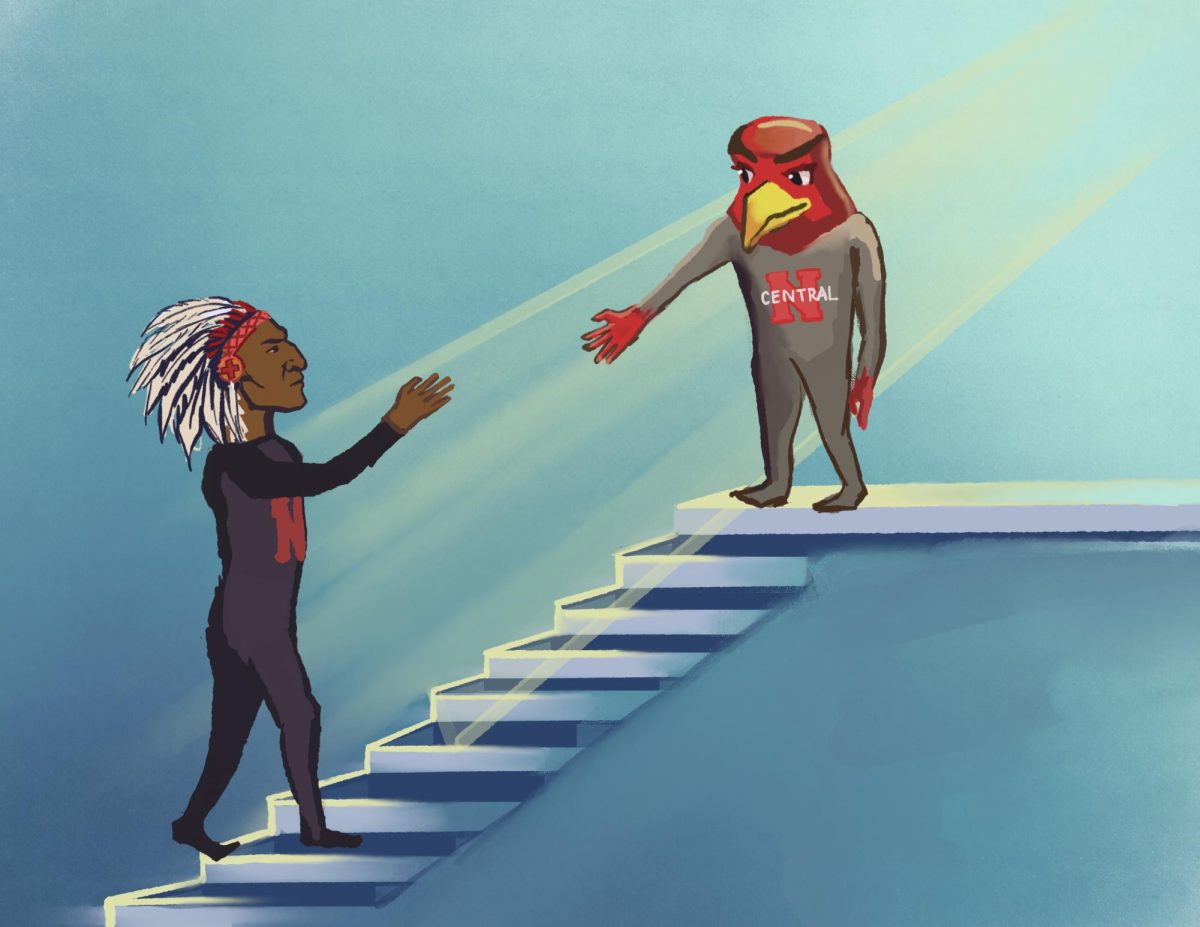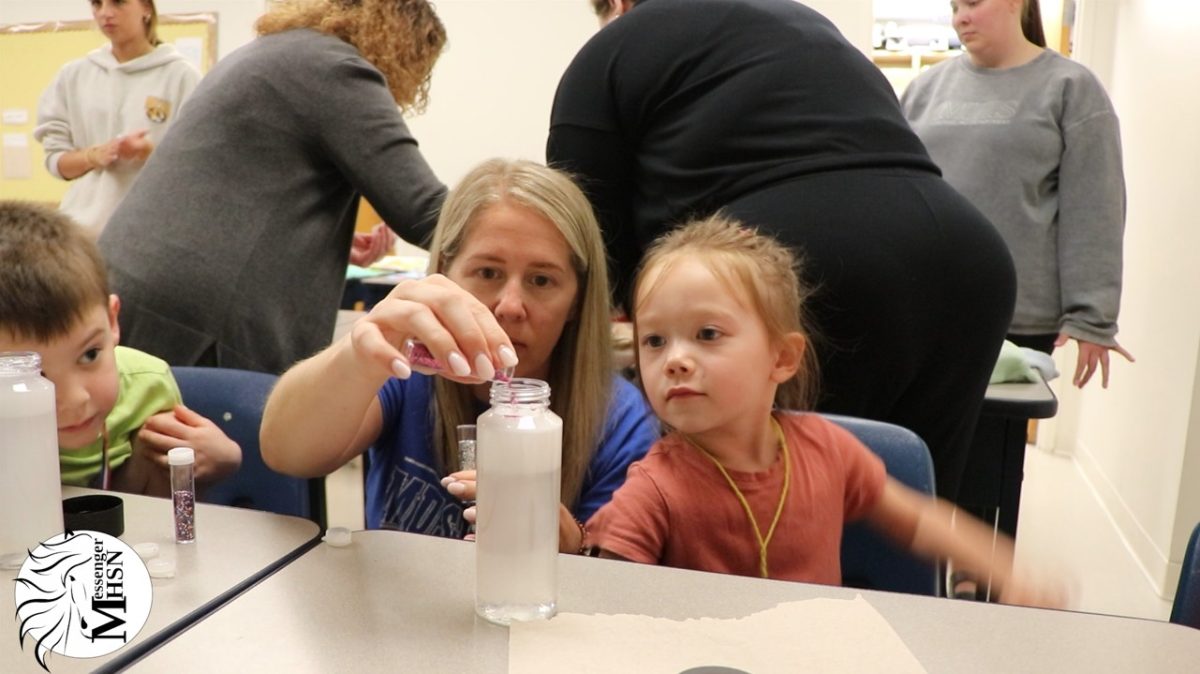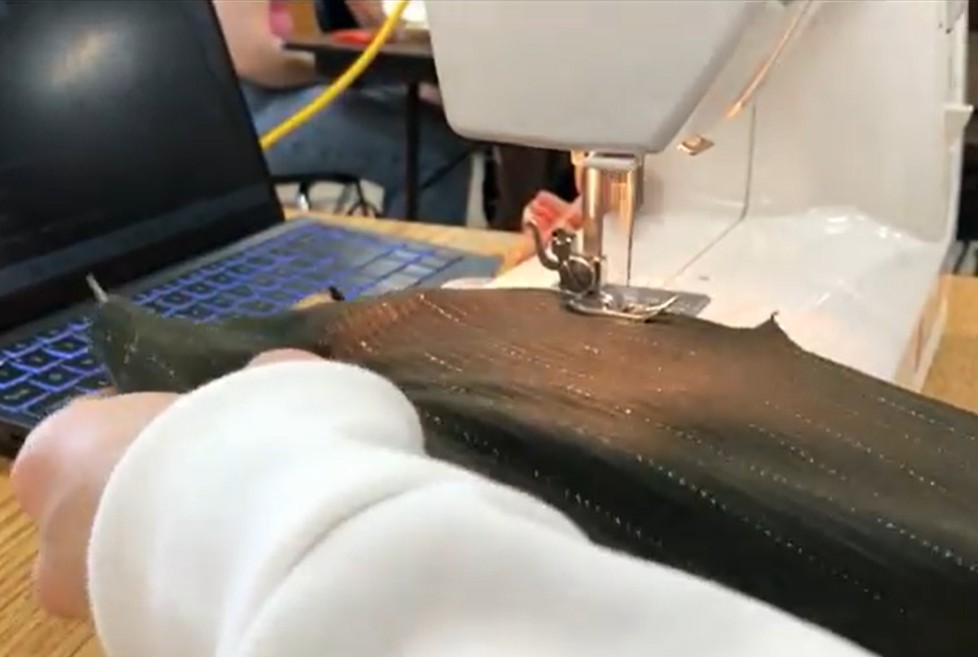Chances are, if you picked up a newspaper at the end of 2021, the dominant headlines would feature our highly decorated Olympic gymnastics team. But instead of standing tall in preparation for a whimsical turn, the photos would have captured their heartwrenching tears as they testified against Larry Nassar, a doctor at USA Gymnastics who sexually assaulted hundreds of athletes.
While the story of their testimonies swept national headlines that fall, it was the work of a local newspaper, the Indianapolis Star, that originally broke the scathing allegations of USA Gymnastic doctor’s sexual abuse that led to 156 women individually testifying against Nassar.
That story subsequently set a precedent not only in the sports world by actually placing consequences on assaulters, but also in the journalism community, by placing a heightened value on local newspapers.
While this issue, like many others, caught the attention of name-brand newspapers who stamped the iterations of the same headline on their front page, the Nassar exposé taught us that local newspapers and their inquiries into their communities can help catch corruption in our government and society at its root and subconsciously shape our cultural climate.
It is nearly impossible for The New York Times and The Washington Post to cover the cracks in our communities, to discover the stories of the girls who sat through years of abuse and only received empathy and closure five years after the original story broke. And it is for that reason I implore readers to place importance on local papers and to help fund them, for, it evidently isn’t just our nationally reputed papers that can capture the most relevant information.
Local outlets capture the heart of our society, wielding empathy and dedication to produce quality over quantity. As an editor-in-chief of The Campanile, I watched our deadlines become looser so we could have more voices and interviews, a luxury that cannot be afforded in large-scale media outlets. While we’re not covering global economic trends or documenting the front lines of war, our reporters took on stories exploring niche stories in our communities.
And as I worked with them and edited their stories, I realized how this paper is built on the courage of our newest reporter who braved direct, passive-aggressive attacks from school administration to uncover programs that hurt the student body. It is built on the bravery of our reporters who interviewed dozens of victims of eating disorders for an investigative article that not only tells a story but also sparks administrative change. It is built on our team of four who spent just five days interviewing 30+ individuals to write a 2,000-word profile on the Oct. 7 attack while enduring scathing backlash with maturity. It is built on our reporters who place their integrity on a silver platter to readers, trudge through leaked documents, file Freedom for Information Acts and slog through interviews to get any information possible.
As an editor-in-chief, I couldn’t feel prouder of this team, yet I’m confused as to why readers deflate the value of local papers and, more specifically, school papers. I urge readers to understand that civic duty encompasses reading both national and local news, the latter of which includes the voices of students, too, for we are real journalists. Viewing us as “student journalists” often undermines what we do because the adjective “student” provides us the shield from which we can hide behind because “we’re still learning.”
But if our articles can shape state and national law, if our reporters can dig through archives of inconsistent funding, sacrifice their emotional health to uncover stories and — as a fellow writer once put it — “stake their names on the truth of our stories,” I believe our paper should be held on the same plane as other reputed outlets.
So, I encourage everyone to engage with our articles, to pick up a local paper or follow their social media pages. Don’t just scroll through the Times, but read the stories of our communities at large.
This story was originally published on The Campanile on November 7, 2024.




